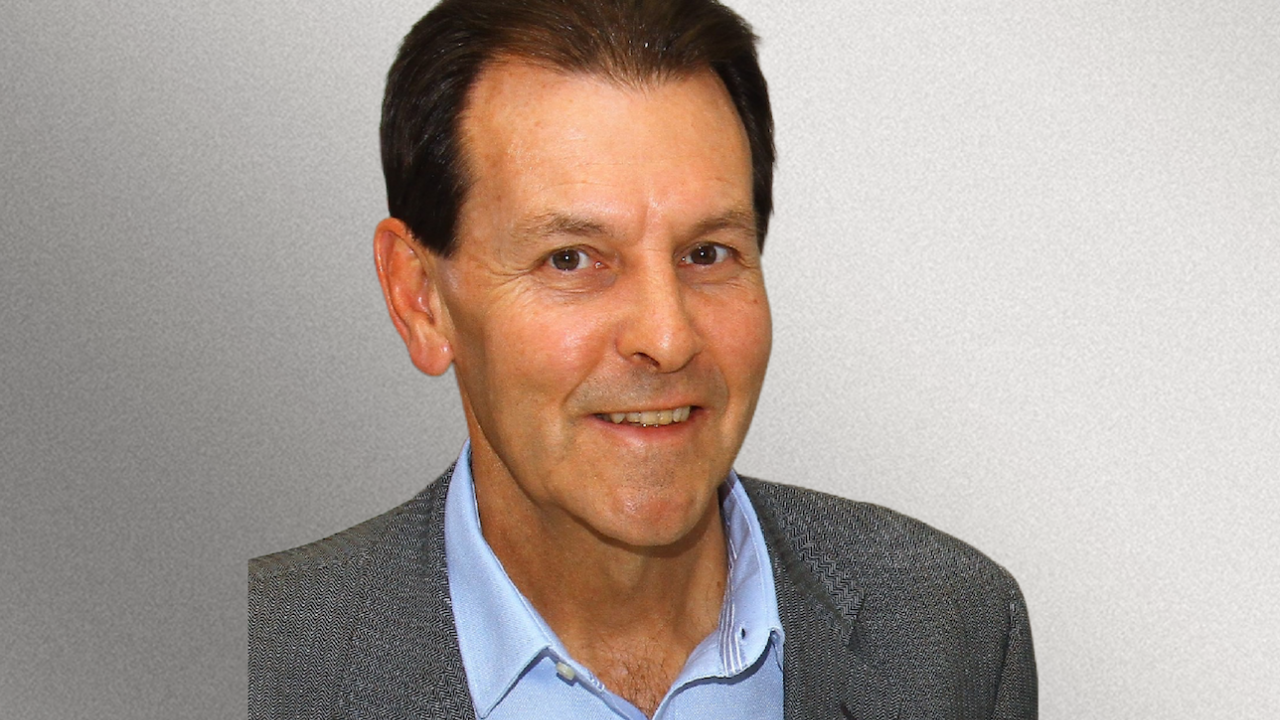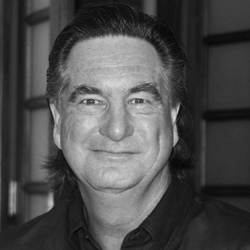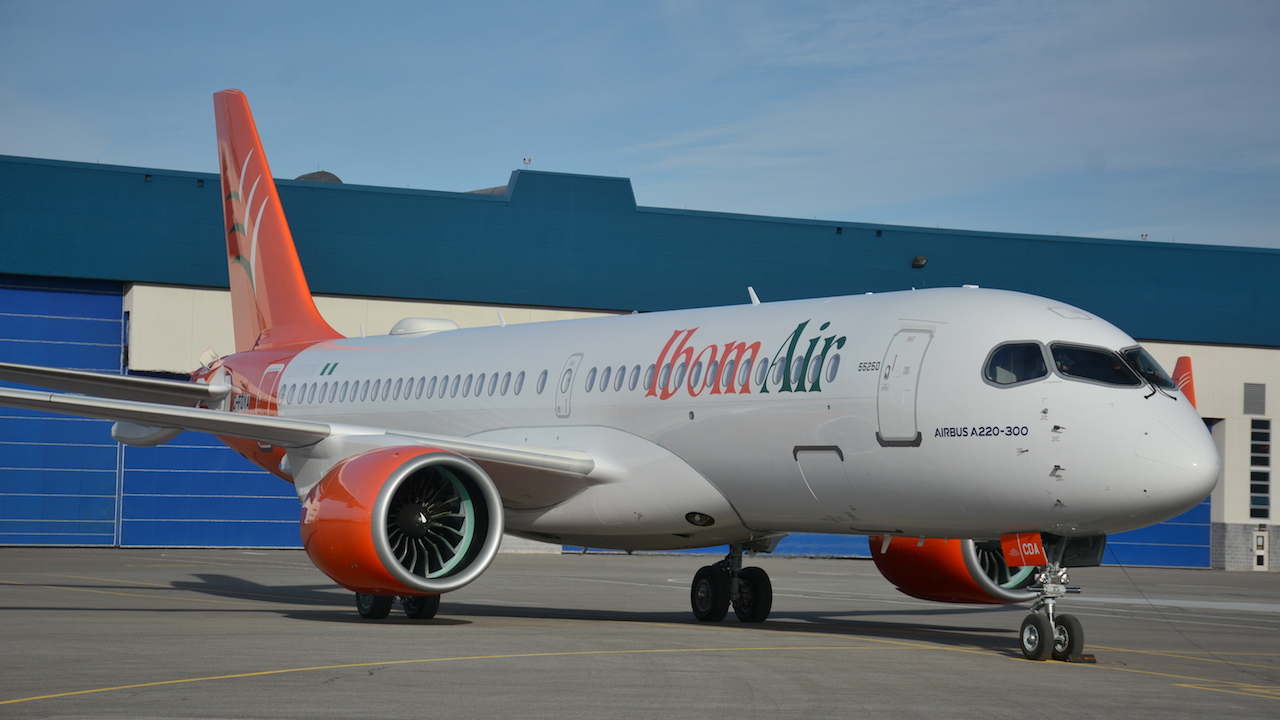How Rodger fosters a balancing act...
Guy Leitch asks Airlink CEO Rodger Foster how Airlink rebounded so strongly after Covid and what his plans and constraints to growth are.

Rodger Foster: Delivering growth and within budget. Picture: Airlink
From its small beginning as a fully privately-funded airline, Airlink is now, by number of flights, the second largest airline in Africa. To have grown so fast is an incredible accomplishment as CEO Rodger Foster acknowledges. But says there is a lot more to it than the numbers..
“Size is not important to us,” he said. “Our focus is on growing responsibly and sustainably. We aim to be the best that we can be, and not necessarily the biggest. Thus we are proud to be consistently Africa’s number one airline in terms of on-time performance. This is typical of the inherent quality that we aim for, rather than outright size.”
One of your core values of Airlink is to be conservative with the balance sheet. And I asked Foster if this was why he had not been tempted to acquire latest generation aircraft such as the Embraer E-Jet E2?
“The utilisation required to justify the high ownership cost of new aircraft is not attractive,” he said. “We find we can get first generation E-Jets, some as young as 5 years, at prices that do not strain our balance sheet.”
So what is the biggest single constraint to growth?
Foster said: “ We have to re-establish equity as our post-Covid balance sheet is a constraint. As a business you can have agility and vision, and expand your horizons and increase your footprint, but you can't do any of those without equity. If you want to raise debt, then you have to keep your debt-equity ratio within your financial covenant terms. So, in the short term, the big constraint is going to be the balance sheet.”
Airlink emerged from the Covid pandemic and the SAA de-link in good shape, despite the hole caused by R890 million in tickets revenue not paid to it by SAA.
“The key is that we are agile,” Foster said. “We took stock of the pandemic, which we recognised as a dynamic uncertainty. We had to think on our feet, constantly adapting. We had to take advantage of every opportunity that we could, and we had to do it all well. We had to go back to basics and rebuild the business from first origins.
Around the world regional airlines are battling with pilot loss to the larger airlines, and globally many airlines are battling with staff shortages across the business. Airlink has not escaped this..
“We are finding that there are increasingly alluring approaches to recruit our pilots (including Australian citizenship offers!), so we are having to enforce our training bond contracts. For our non-pilot staff, during Covid the most important element of our survival strategy was that we took care of our people in whichever way we possibly could. Fortunately, we were able to retain all our staff.
Airlink has now added the Nairobi-Johannesburg pairing. It is now an established regional network carrier with strong feeds from its own network as well as its partner airlines. I asked Foster how he manages the sometimes conflicting demands of the airline partners and foreign regulators in this rapid post-Covid expansion?
“ We restored our network route by route. We worked with the regulators and the authorities in neighbouring countries and we were able to quickly mobilise air access as it became available through easing of the lock-down.
“And let’s not forget that the industry had its problems before Covid. Arguably, there was too much capacity. The fares that had been achieved before Covid were not adequate to cover even the direct variable costs across the industry. What Covid did is it created a watershed that separated the survivors from those who didn't.”
Foster is also looking at further expansion through Africa?
“We have been awarded additional traffic rights which we applied for as long ago as September 2020. We also have air traffic rights which we haven't yet used which we have had for quite some time, and we will be exploring those traffic rights imminently,” he said.
Airlink has also recovered its rights to operate to Madagascar after a three year suspension of air services between Madagascar and South Africa. “We have been in continual engagement with all the key role-players, especially those in Madagascar, such as their CAA and Department of Transport., Foster said. “What I think finally persuaded the Madagascans was that the Madagascan Tourist Authority found that inbound tourists for December 2022 were at just 60% of 2019 levels – despite a much stronger world-wide recovery. They realised that the loss of air access between South Africa and Madagascar was having a direct negative impact on their all-important tourism revenue.”
Expansion costs money and with banks even more cautious of airlines Foster explained how Airlink had financed growth.
“ We have never had a shortage of cash because of what we did with our austerity plan, and we have been able to use that cash wisely, as best we could in rebuilding the business. Right now our monthly revenue streams are at approximately 190% of where we were pre-Covid. Although we have added capacity back into the system, we haven't added it irresponsibly. We added capacity as the market demands and so have created a better balance between supply and demand than what there was pre-Covid.
Moving to the fleet plans – a Boeing 737-300 in Airlink livery has tongues wagging – but will Airlink by moving up to narrowbodies?
“The Boeing 737 is a short term ACMI ‘wet’ lease. When we renewed the lease we got them to change the livery. Regrading up-gauging: the first step is our Embraer 195 initiative. The EMB195 has more or less the same operating costs as a 190 on a trip cost basis. But when you divide the number of seats into the costs, the 195 gives slightly better operating economics. However, we are naturally not quite on par with the low-cost carriers as regards unit cost, so eventually we will have to up-gauge. This is very much part of our long-term network and fleet plans.”
Stay up to date
Subscribe to the free Times Aerospace newsletter and receive the latest content every week. We'll never share your email address.


